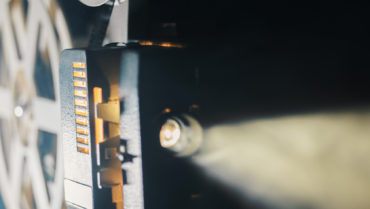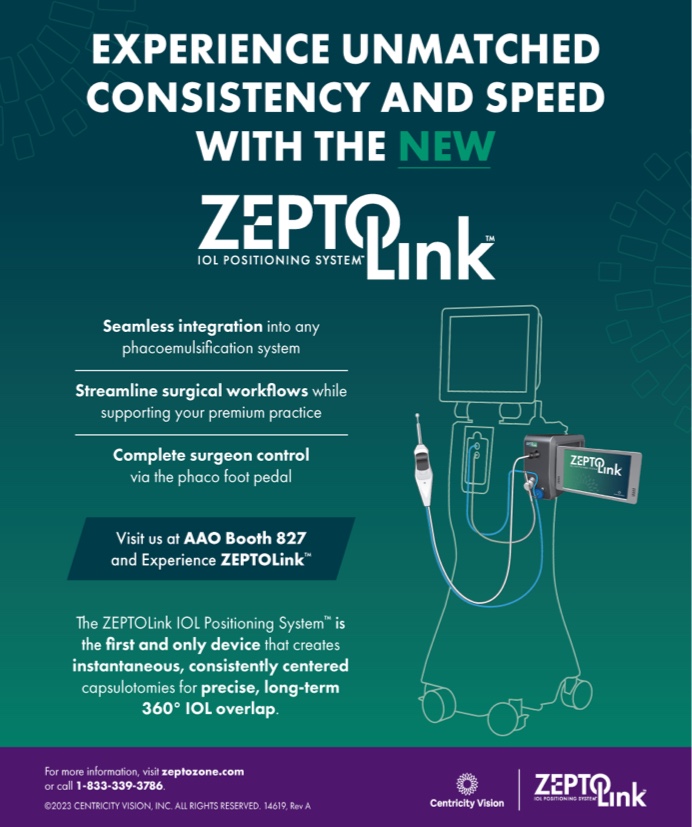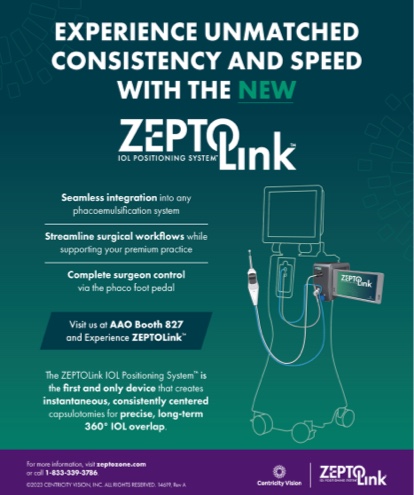LORENZO J. CERVANTES, MD
1. REMOVING VISCOELASTIC FROM BEHIND AN IOL
This video demonstrates how to remove OVD from behind the IOL during cataract surgery. By using cohesive OVD and maneuvering the I/A handpiece behind the IOL, one can achieve safe removal of all intracapsular OVD, Dr. Cervantes demonstrates. Doing so can reduce postoperative IOP spikes, refractive surprises, and capsular distention syndrome.
AARON T. GOMEZ, BS; MAJID MOSHIRFAR MD; AND ORRY BIRDSONG, MD
2. MANAGEMENT OF HIGH ASTIGMATISM AFTER CORNEAL TRANSPLANT: COMPRESSION SUTURES AND RELAXING INCISIONS AT DONOR-HOST INTERFACE
A 75-year-old woman with a history of keratoconus and subsequent corneal transplantation presented with high astigmatism in the donor cornea. Drs. Gomez, Moshirfar, and Birdsong decided to use compression sutures and relaxing incisions at the donor-host interface.
STEVEN M. SILVERSTEIN, MD, FACS
3. ENDOSCOPIC CATARACT SURGERY
This video presents a 71-year-old woman who was referred for a corneal transplant due to corneal dystrophy. Dr. Silverstein demonstrates the difficulty in visualizing the anterior segment as he performs endoscopic cataract surgery and IOL implantation.
JEFFREY BENNER, MD
4. SCLERAL FIXATION OF AN IOL WITH A SUTURE RETRIEVER
A patient presents for an IOL exchange due to uveitis and glaucoma caused by a mobile IOL that was implanted 30 years earlier. In this video, Dr. Benner demonstrates scleral fixation of an IOL using a novel suture retriever to pass the 8-0 Gore-Tex sutures as an alternative to the handshake technique.
MICHAEL PATTERSON, DO
5. TRAUMATIC APHAKIA, SUTURED IOL, PUPILLOPLASTY
Dr. Patterson demonstrates vitreous cleanup, IOL fixation to the sclera with Gore-Tex sutures, and pupilloplasty to reconfigure the iris to the appropriate shape and size in this aphakic patient who had received previous treatment for a traumatic injury after a rock hit the eye.
LISA BROTHERS ARBISSER, MD
6. PREVENTING IRIS PROLAPSE FROM POSITIVE PRESSURE
In this video, Dr. Arbisser offers precautions and techniques to achieve a good outcome in a hyperopic eye with a shallow anterior chamber and posterior pressure. She describes the use of an OVD, phaco tip insertion, and chopping techniques.
BLAKE K. WILLIAMSON, MD, MPH, MS
7. ISTENT INJECT WITH LASER CATARACT SURGERY AND ORA-GUIDED TORIC IOL IMPLANTATION
In this video, Dr. Williamson combines laser cataract surgery and intraoperative aberommetry-assisted (ORA System, Alcon) toric IOL implantation with implantation of the iStent inject (Glaukos). Microinvasive glaucoma surgery pairs well with advanced refractive cataract surgery, Dr. Williamson explains, because both procedures have a positive impact on lifestyle via spectacle independence and a reduction in medication burden.
CATHLEEN M. MCCABE, MD
8. DENSE CATARACTS IN A PATIENT WITH HIV, PROGRESSIVE OUTER RETINAL NECROSIS, AND SILICONE OIL
This video presents a case of a patient with HIV and progressive outer retinal necrosis who was status postmultiple gancyclovir intravitreal injections, retinal detachment repair with vitrectomy, endolaser treatment, retinectomy, and silicone oil in both eyes. Dr. McCabe describes her approach to cataract surgery on the patient’s left eye, which had a white intumescent lens, 360º of posterior synechiae, iris bombé, and a pupillary membrane.
MICHAEL A. KLUFAS, MD
9. MX60 SECONDARY IOL
This video demonstrates a case of MX60 IOL (Bausch + Lomb) fixation in a 60-year-old patient with a traumatic cataract and lens fragments. The IOL fixation procedure is similar to that for the Akreos AO60 (Bausch + Lomb) and still offers four-point fixation, Dr. Klufas explains. However, the MX60 has no risk for posterior capsular opacification with air or gas tamponade.
SHAKEEL SHAREEF, MD
10. SURGICAL REPAIR OF ATONIC PUPIL WITH IRIS CERCLAGE AND KNOT INTERNALIZATION
This video outlines a methodical approach to repair of an atonic pupil. Essential steps include making equidistant corneal incisions to access the iris, pharmacologic and mechanical constriction of the pupil to recruit iris tissue, use of a 10-0 polypropylene double-armed suture on a curved needle, suturing the pupil in a baseball-seam fashion, knot internalization, and controlled constriction to a desired 3-mm pupil size to reduce glare and photophobia, Dr. Shareef explains.




